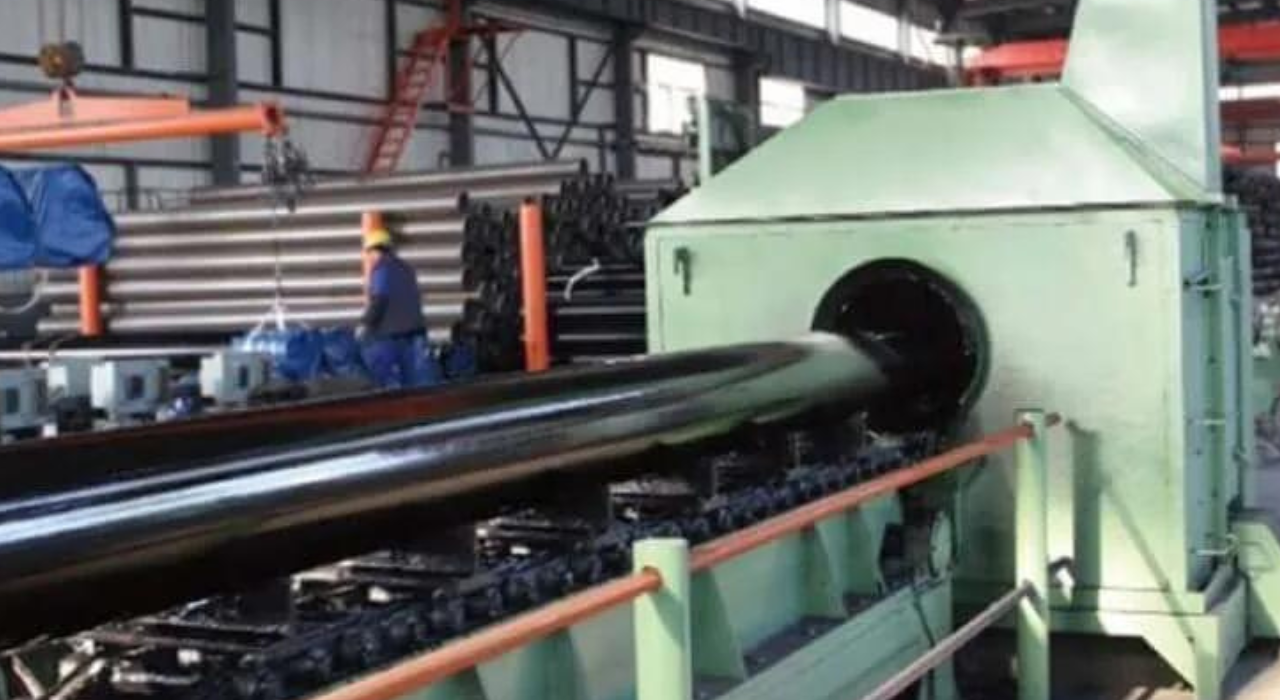ASTM A53 Type F furnace-butt welded continuously welded pipes are integral to different businesses, including development, oil and gas, and fabricating. The generation handle for these channels includes a few key steps, with persistent coils playing a significant part. Ceaseless coils give a continuous supply of steel, improving generation effectiveness and ensuring consistency. These coils are first inspected and cleaned sometime recently being formed into tubular shapes.
The longitudinal intersections are at that point forged welded, with rollers applying mechanical weight to the warmed edges. This preparation comes about in consistent, high-quality welds. Understanding the part of ceaseless coils in creating astm a53 type f pipes highlights their quality, effectiveness, and appropriateness for requesting applications, guaranteeing they meet the rigid necessities of their particular businesses.
Continuous Coils: The Foundation of Type F Pipe Production
The generation of ASTM A53 Type F pipes starts with the utilization of persistent coils of steel. These coils are basic for making a consistent and productive generation line. Continuous coils are long strips of steel rolled into large spools, giving a continuous feed of material for the manufacturing handle. This continuous supply is imperative for maintaining the productivity and consistency of the generation line because it minimizes downtime and permits high-speed manufacturing.
Preparation of Continuous Coils
Before the persistent coils can be utilized in pipe generation, they experience an arrangement of preparation steps to guarantee their suitability. The steel coils are first reviewed for any surface surrenders or inconsistencies that may influence the quality of the finished pipes. Once reviewed, the coils are cleaned to evacuate any contaminants such as oil, soil, or rust. This cleaning process is vital because it guarantees that the welding preparation can continue without any issues related to defilement, which could weaken the welds or lead to absconds within the pipes.
Forming the Pipe
Once the continuous coils are arranged, they are fed into the pipe-shaping machine. This machine is outlined to shape the level steel strip into a tubular frame. The ceaseless nature of the coils permits a continuous stream of fabric through the machine, which upgrades generation proficiency. The shaping preparation includes bowing the steel strip into a circular shape and preparing it for the welding handle that will turn it into a completely shaped pipe.
Forge Welding the Longitudinal Junction
The next basic step within the generation of ASTM A53 Type F pipes is the forge welding of the longitudinal junction. This process involves warming the edges of the steel strip and then squeezing them together to form a strong weld. The utilization of continuous coils is especially useful in this arrangement because it permits a steady and ceaseless weld along the length of the pipe.
Ensuring Consistency and Quality
The utilization of persistent coils in Type F pipe production is pivotal for guaranteeing the consistency and quality of the wrapped-up item. The continuous feed of material permits a uniform generation handle, decreasing the probability of varieties in pipe measurements and properties. This consistency is basic for meeting the exacting prerequisites of the ASTM A53 standard, which indicates the mechanical properties, measurements, and performance criteria for steel pipes.
Advantages of Continuous Coils in Production Efficiency
The use of nonstop coils within the generation of ASTM A53 Type F pipes offers a few points of interest in terms of generation effectiveness. Firstly, it permits high-speed fabricating, as the nonstop nourishment of material dispenses with the requirement for frequent stops to reload the generation line. This expanded effectiveness deciphers to higher generation volumes and decreased fabricating costs, making it financially beneficial for producers. Besides, the persistent nature of the coils encourages robotized generation forms.
Applications and Benefits of Type F Pipes
ASTM A53 Type F pipes delivered utilizing continuous coils, are utilized in a variety of applications where quality, strength, and unwavering quality are fundamental. Within the construction industry, these pipes are commonly utilized for basic back, scaffolding, and plumbing systems. In the oil and gas industry, they are utilized for transporting liquids and gases under tall weight.
Conclusion
Continuous coils play a vital role in the generation of ASTM A53 Type F furnace-butt welded continuous welded pipes. From guaranteeing a steady and effective generation preparation to improving the quality and reliability of the finished pipes, continuous coils are foundational to the fabricating of these basic industrial components. The consistent integration of continuous coils into the generation line permits high-speed manufacturing, exact control over measurements and properties, and eventually, the creation of high-quality channels that meet the requesting prerequisites of different businesses.


